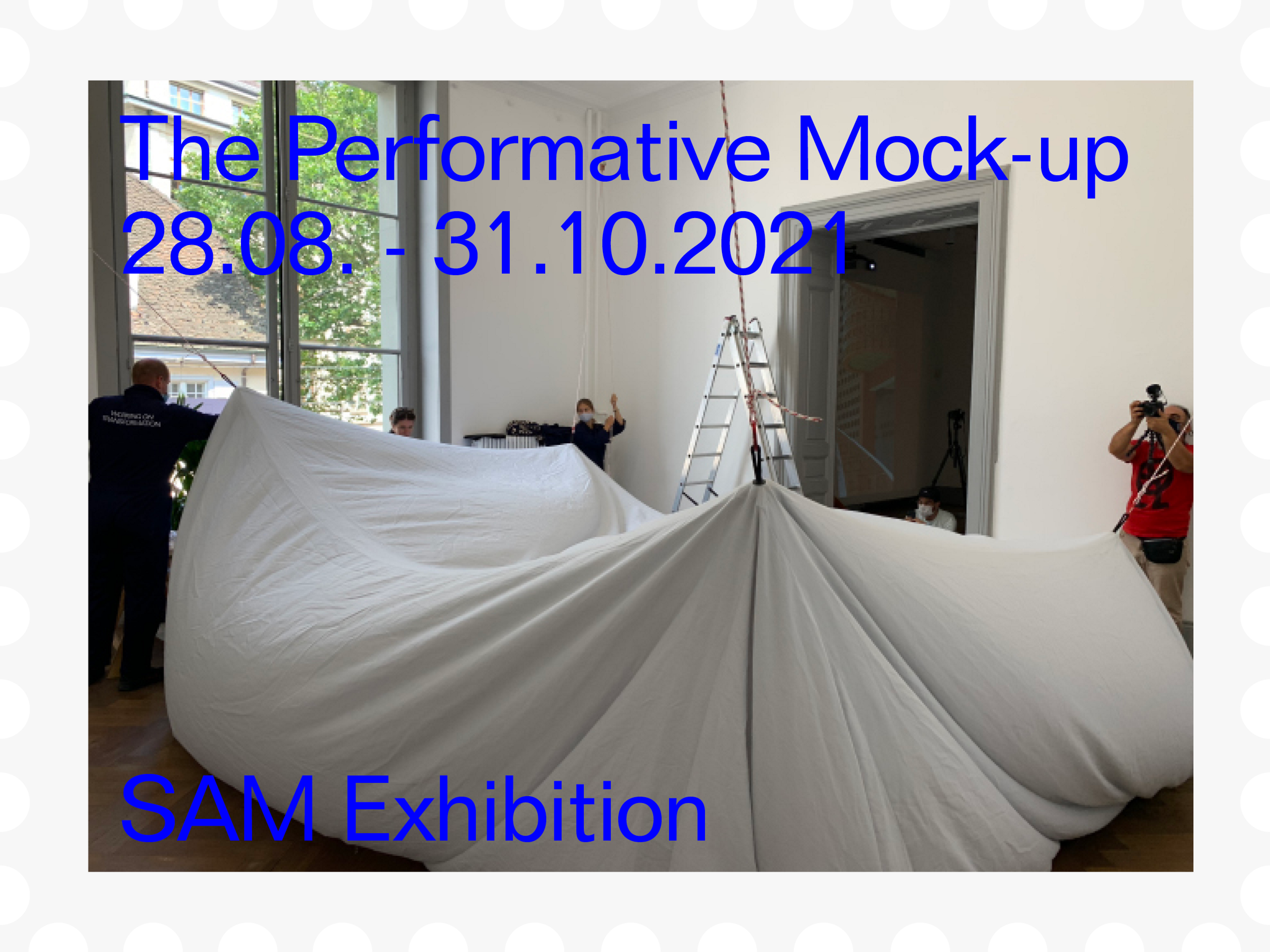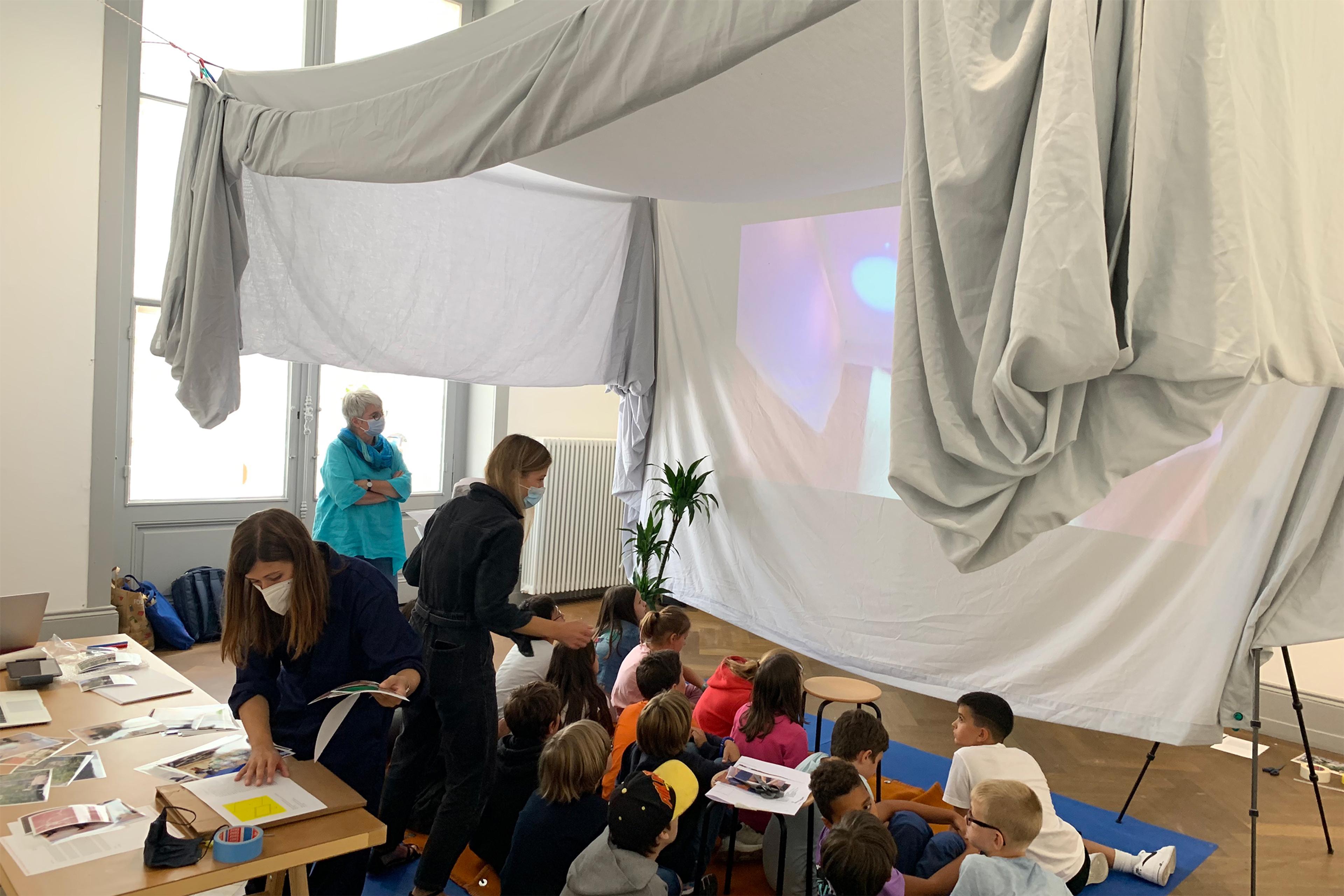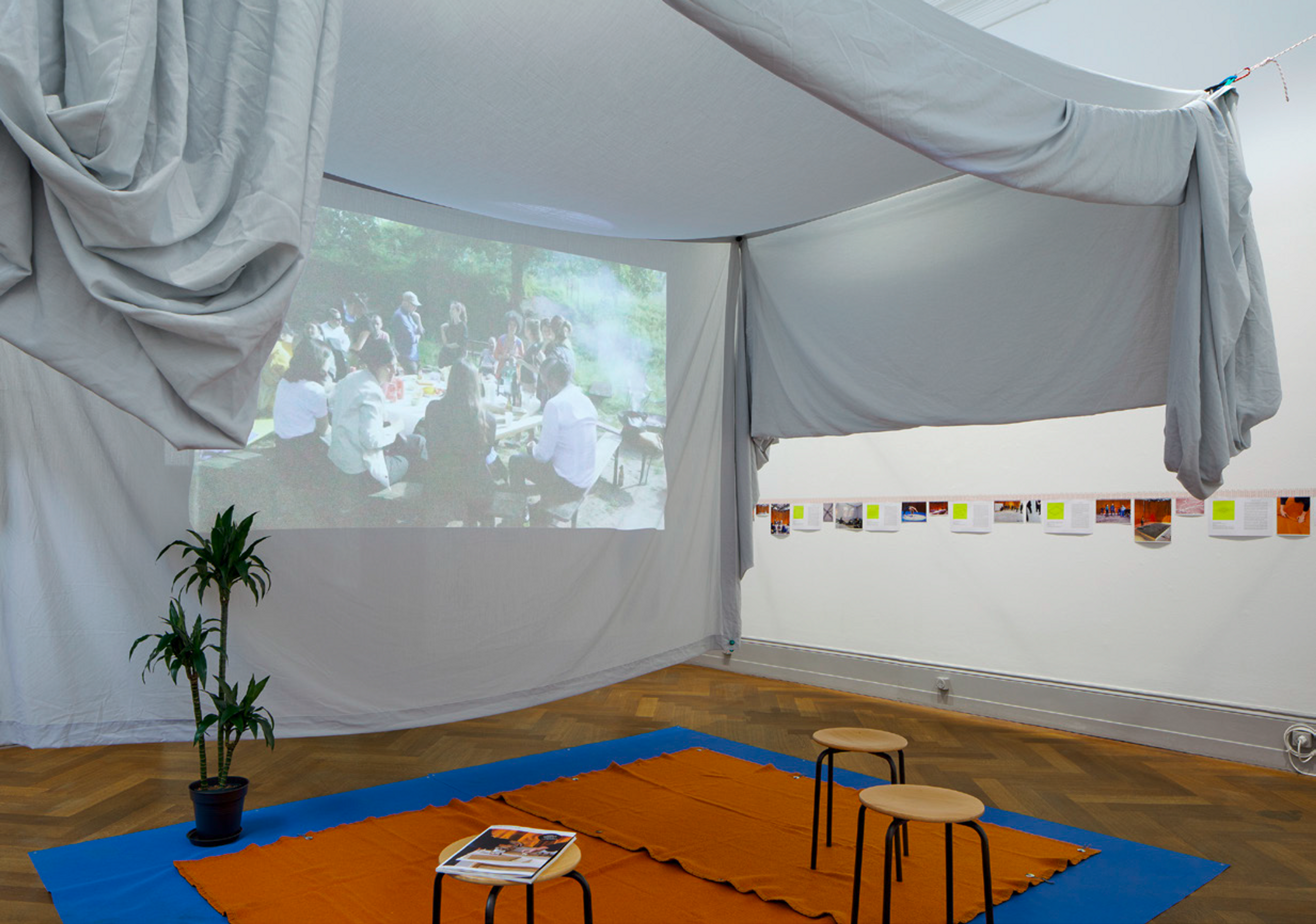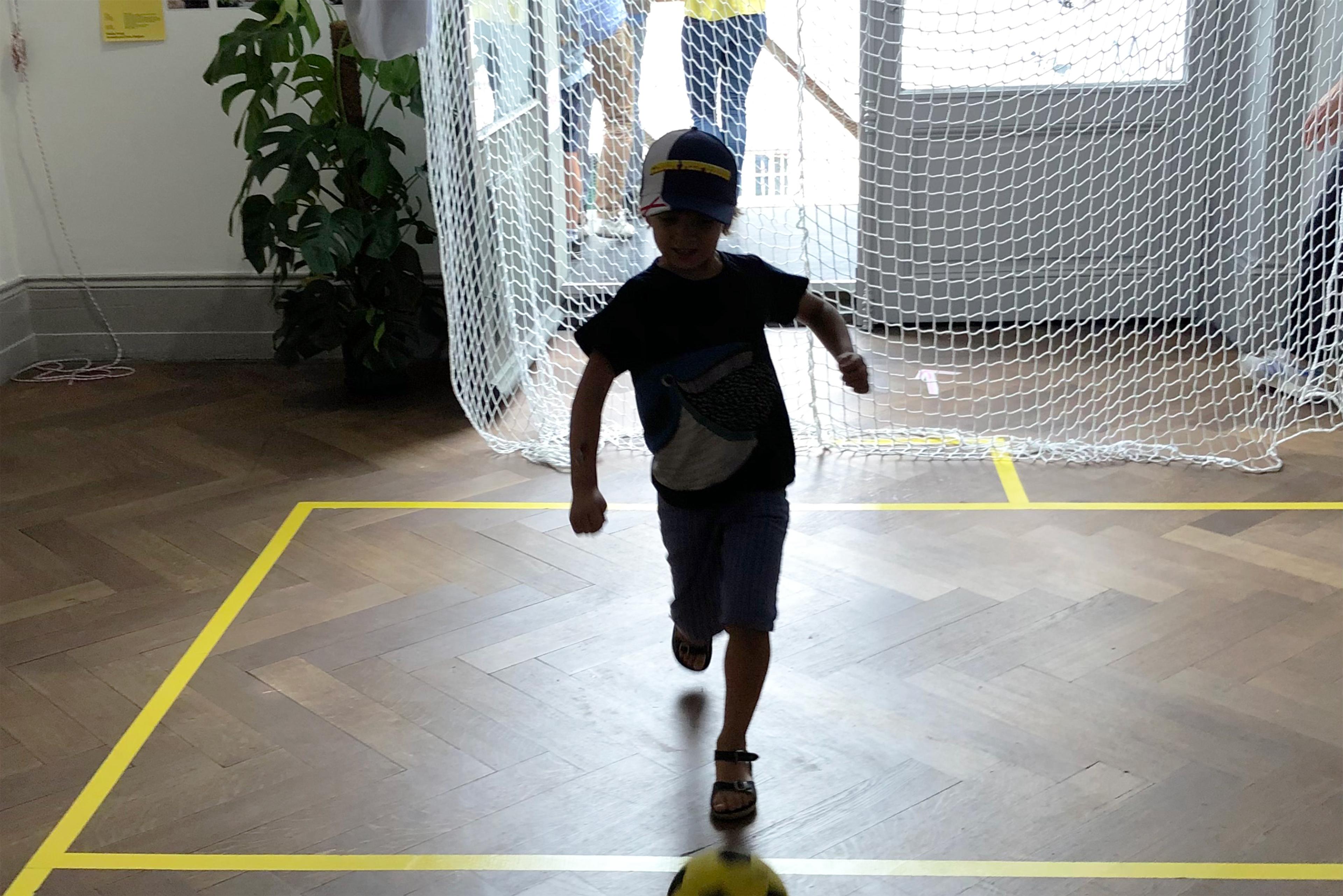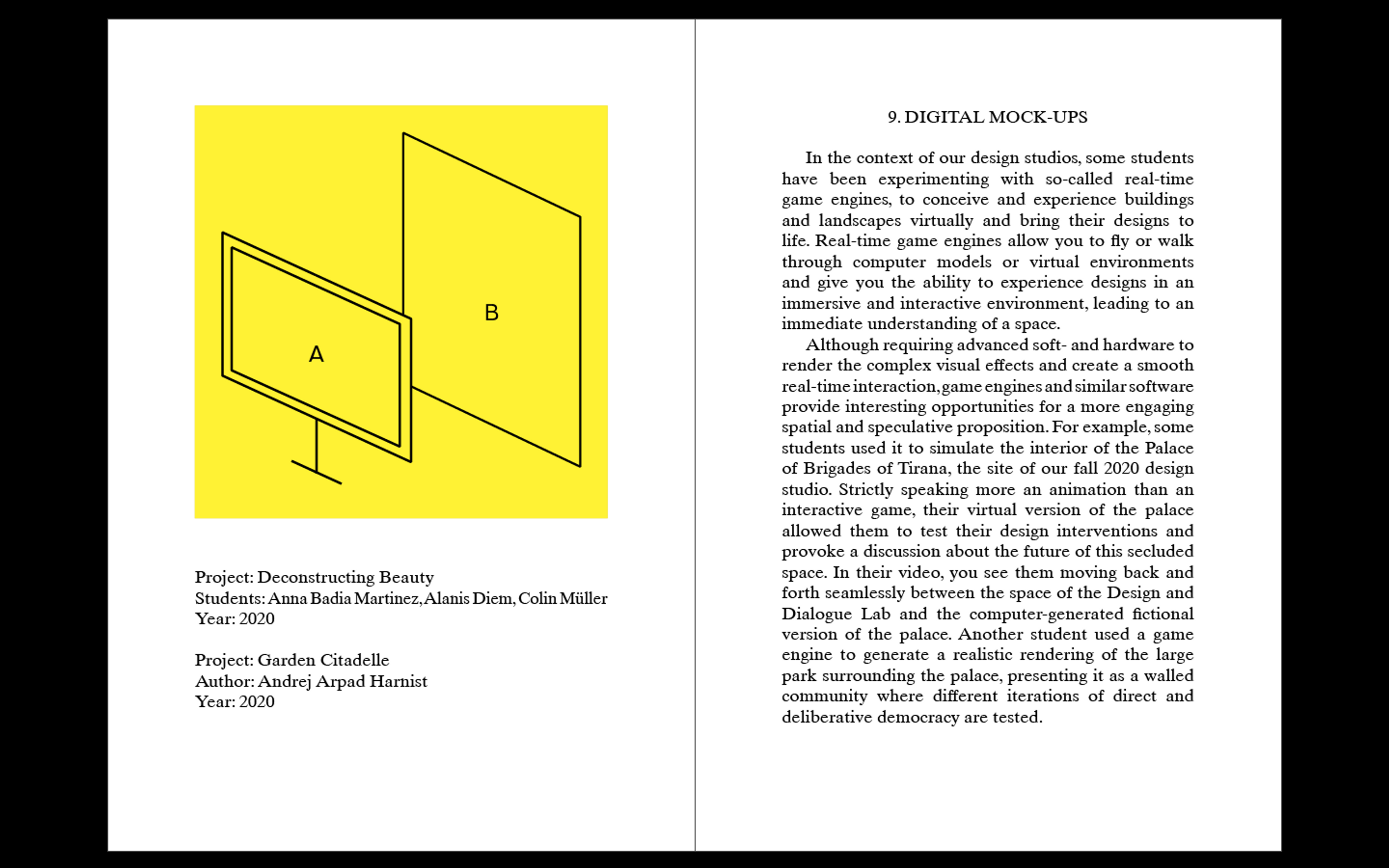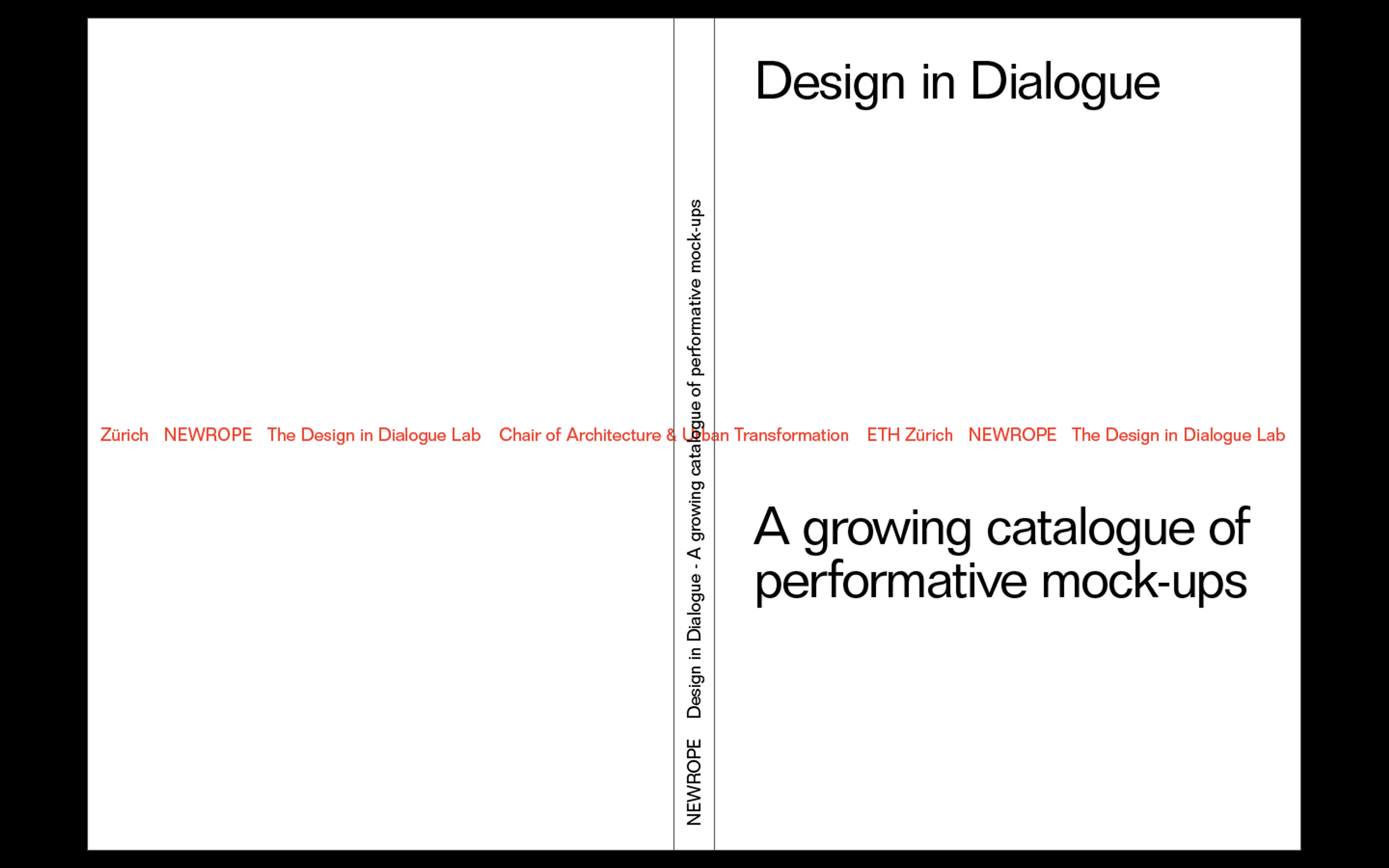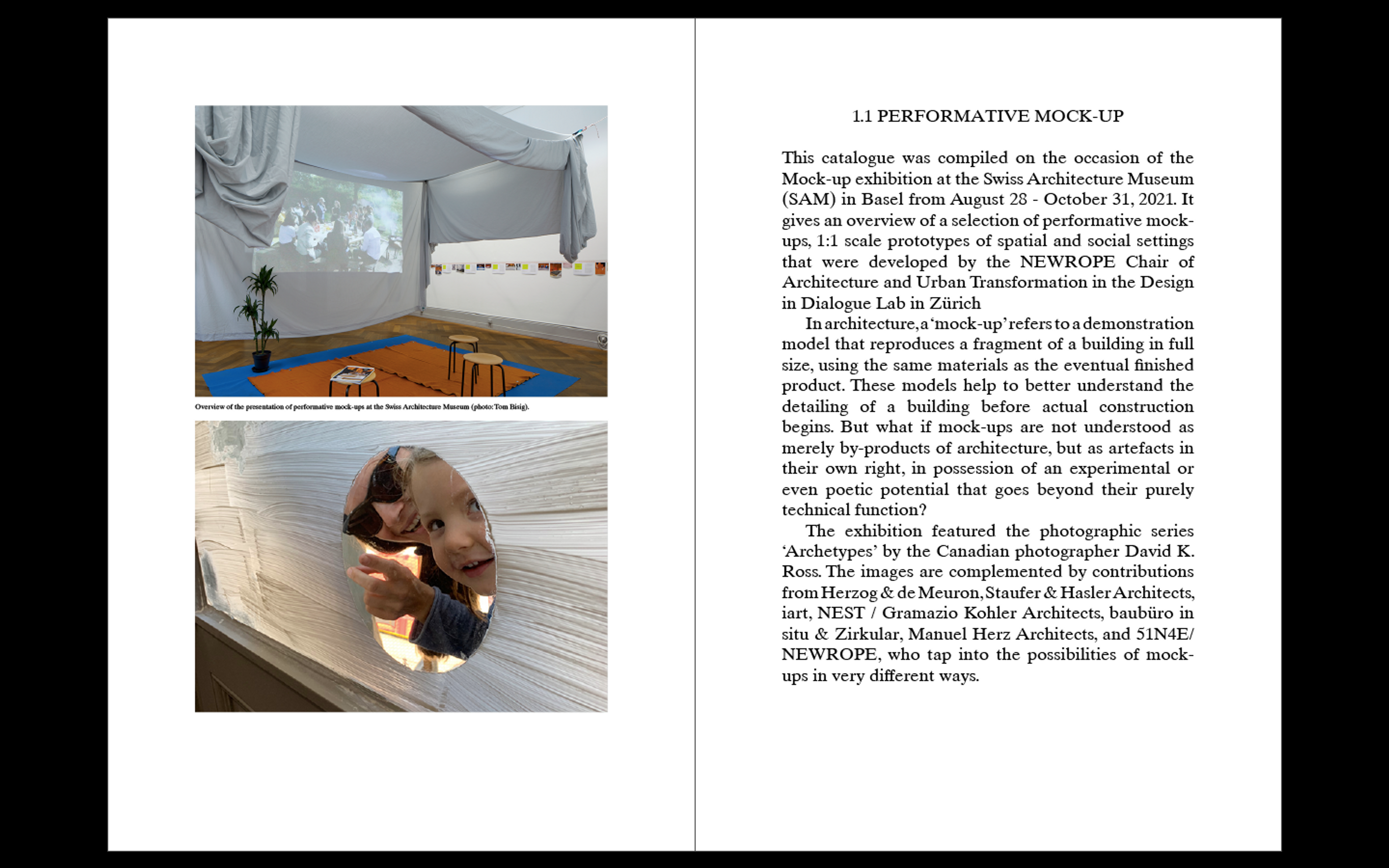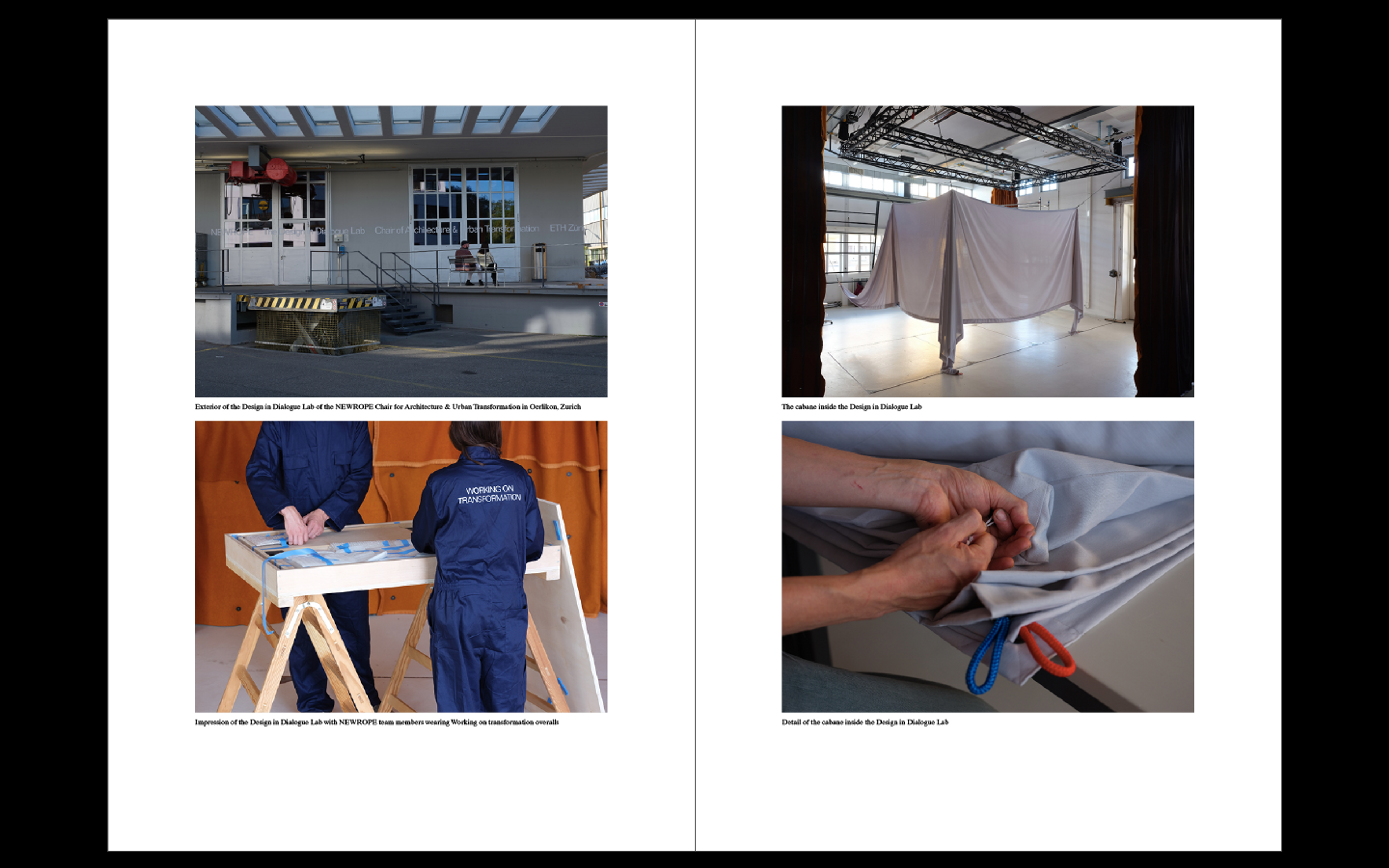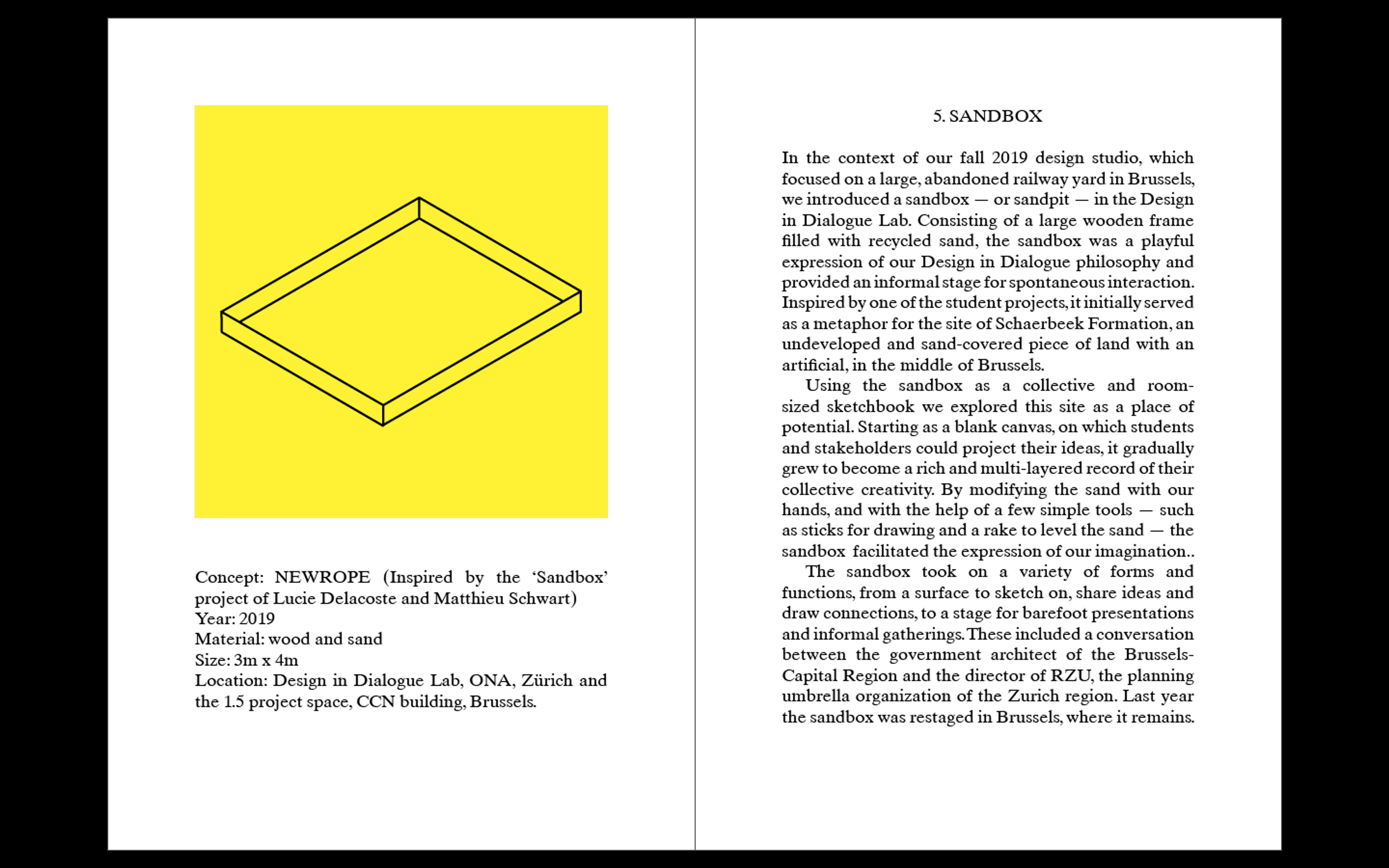The Performative Mock-up
From 28.08. - 31.10.2021 the Swiss Architecture Museum (S AM) organized an exhibition focusing on the architectural ‘mock-up’: a demonstration model that reproduces a fragment of a building in full size, using the same materials as the eventual finished product. These models help to better understand the detailing of a building before actual construction begins.
In addition to more traditional, physical mock-ups by such renowned architectural offices as Herzog & de Meuron and Manuel Herz Architects, the exhibition featured the photographic series ‘Archetypes’ by the Canadian photographer David K. Ross and material tests with carpet tiles by baubüro in situ & Zirkular.
Brussels based practice 51N4E and the NEWROPE Chair were asked to present their so-called performative mock-ups, which provide 1:1 shared spatial experiences that question how behaviors and spatial configurations condition each other. In total, almost twenty mock-ups were exhibited. A specific example is the project ‘Mobile Forest’ by 51N4E and LabNorth, where the temporary placement of plants on the sidewalk raises questions about the design of our street spaces. Another example is the cabane, a flexible tent-like structure, which was developed for NEWROPE’s Design in Dialogue Lab and was re-installed at the S AM as the centerpiece of the final room.
These and other examples were presented on the walls of the room, in the form of photos and texts that together created a horizon or backdrop for the events happening inside the space. Visitors of S AM were invited to actively participate. How would you occupy this space? How would you use the objects presented in the room? What role would you like to temporarily slip into?
Performative mock-ups generate a multitude of outcomes. The interaction between actors and the resulting variety of spontaneous situations and dialogues not only open up new spaces of possibility for potential uses, but also allow for participants to engage with conflicting positions and points of view. Unlike material mock-ups, whose success is measured by the extent to which the result matches the original scope, performative mock-ups generate meaning only through their use. Through the possibility of participation in co-creative processes, the sole authorship of designers is questioned in a playful way. In addition to careful observation, video recordings also serve to document the cognitive impact of the materials and media used.
Performative mock-ups are less about achieving consensus and more about stimulating collective appropriation and diversity. Rather than aiming for concrete solutions, opposing positions are revealed, tensions are made tangible, and through shared, immersive, and discursive experiences, new possibilities are unveiled.
An impression of the installation of the performative mock-up presentation at the Swiss Architecture Museum by Panayotis Antoniadis:
Catalogue of performative mock-ups
Using the S AM exhibition as a starting point, the NEWROPE chair is working on a catalogue of performative mock-ups and other Design in Dialogue tools: an overview of tested methods, instruments and settings that can be used to transform spaces, challenge power relations and thus foster dialogue during a design or decision making process. Bringing together tools that on the one hand support a more embodied, local, concrete, hands-on experiences, and on the other hand help to contextualise ideas and link them to existing (theoretical) knowledge, the catalogue aims to give readers an understanding of the potential of Design in Dialogue Tools and empower them to start using and developing tools themselves.
Anticipating a future in which remote working and joining meetings from home will stay the norm - or at least an important alternative for in-person meetings - the catalogue will combine both physical and digital Design in Dialogue Tools. Amongst the tools that will be featured in the catalogue - and were presented at S AM - are the digital technologies we have tested in the Design in Dialogue Lab, ranging from a telepresence robot to a ‘green screen’, together with more more low-fi tactile tools, such as the sandbox. Consisting of a simple wooden frame filled with recycled sand, it served as an informal stage for playful interaction and discussion during the Schaerbeek (Trans-)Formation design studio.
The catalogue with performative mock-ups and other Design in Dialogue tools will be published by the NEWROPE Chair Chair of Architecture & Urban Transformation in the spring of 2022. For more information or to pre-order a copy, please contact Charlotte Schaeben: schaeben@arch.ethz.ch
